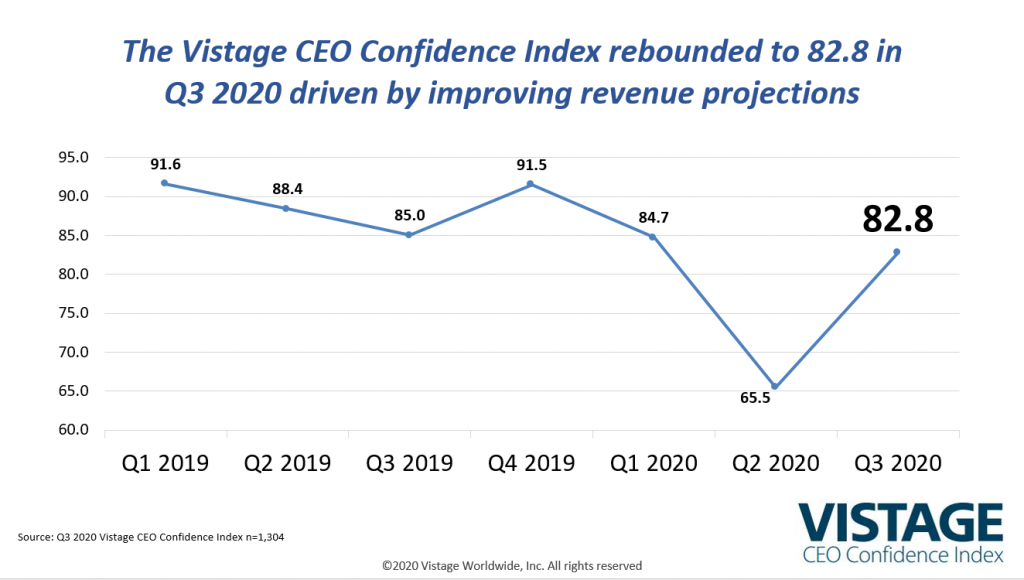Ryan started his career in his early twenties, working for his dad. And, as is often the case, this young firebrand felt he knew better how to run the business, dad disagreed. On one thing they did agree, it was best that he go to work somewhere else.
After two years of working for a not-for-profit, Ryan went back to work for his dad. By then, he had learned that his dad knew a thing or two, and they developed a strong working relationship. Today he describes his father as his mentor.
Seven years later, Ryan had an idea for a business. He asked his dad to invest, and he said no. They kept talking, though, and with his dad’s help, he put together a partnership that gave his dad the confidence to invest.
Ryan eventually became the CEO of this company, and eleven years after its founding, at age 41, they sold to a Fortune 500 company.
While Ryan could have taken some time off, after three days in Florida, he decided instead it was time to do a startup on his own. He saw a gap, had an idea for filling it, and off he went to do it. A scary thought, he said, but he felt it was time to face his fear.
His big fear was, can I do it alone?
“I know I contributed to the last business. Ultimately though, I did it with partners. The partnership was fraught. I was anxious to push through it – pent up – wanted to prove I could – fear became the drive for the new business. In some ways, this was valuable, some ways a mistake – it wouldn’t be off the ground if I hadn’t – we wouldn’t be where it is.”
It took 2 1/2 years for the new business to get traction, which seemed like an eternity to Ryan. He confessed that while the company is doing well and has high growth potential, he is not enjoying running it.
Time for the next pivot…
Ryan calls his first pivot moving from an operator to a founder. This time he sees himself as becoming a true entrepreneur, revolutionizing businesses and processes focusing on doing what he enjoys most and what he does best — i.e., the ideation and build phase, including creating the leadership team.
The new business will be a portfolio of companies, with a president for each company and Ryan as CEO of the holding company. He sees his role as developing the overall vision and finding and inspiring the leadership talent. His head says he is doing this too soon, the business is too young, and his heart wants to move on. “Am I naive? I know management transitions are difficult, a significant amount of risk, and the leader is culpable,” he reflects.
Is Ryan afraid of failure? Yes. Is he facing his fear and going ahead once again? Absolutely.
What advice does Ryan have for others who want to Pivot?
Three words, Face Your Fear:
- A lot of people allow their head trash to drive their behavior. If you have the drive, head toward the things you are afraid of – look the fear in the face and go right at it – so many people allow their fear to win – I always start with asking what are you afraid of? That is where the magic is.
- This is not your practice life – follow your heart, not your head. Is it the best service if you are half-hearted?
- Take time between pivots. I went directly from A to B. I wonder what I would have discovered if I had taken time to explore.
Let’s work together. If you are looking to grow or get unstuck and cut the time to action to six months or less, there is no better time than now to contact me.
© EKS LTD Please feel free to forward this blog in full with attribution including the copyright notation.

 The initial results of my Pivot are excellent. I feel I have much greater clarity regarding the next 3-5 years..
The initial results of my Pivot are excellent. I feel I have much greater clarity regarding the next 3-5 years.. 